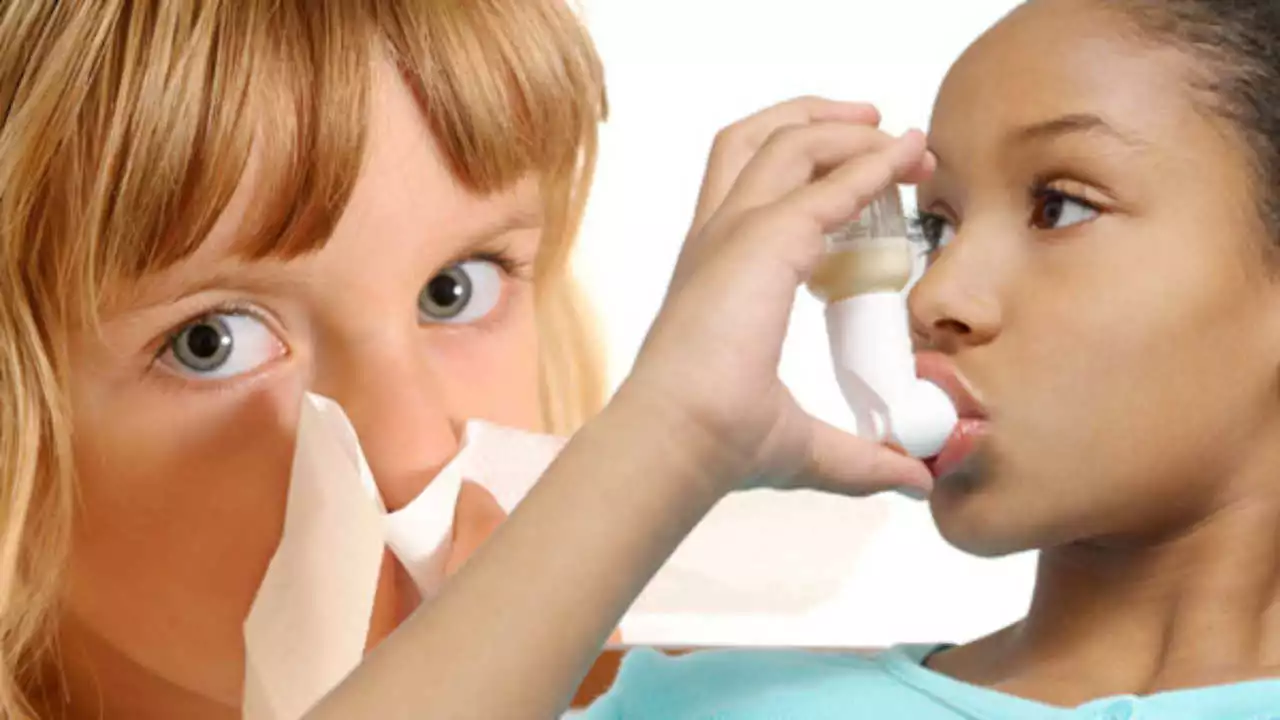Allergy treatment: practical options that work
Allergies can derail your day fast. Whether it’s sneezing, itchy eyes, or full-on swelling, there are proven treatments you can start today. This page cuts through the noise and explains what works, how to use it, and when to see a doctor.
The first step is avoidance. Reduce exposure to pollen by keeping windows closed during high counts, using an air purifier with a HEPA filter, and showering after outdoor time. For dust mites, wash bedding in hot water weekly, use mite-proof covers, and keep humidity below 50%.
Over-the-counter meds help many people. Non-drowsy antihistamines like cetirizine or loratadine reduce sneezing, itching, and runny nose. For nasal congestion, a short course of decongestant pills or sprays can help, but nasal sprays should not be used more than three days in a row to avoid rebound congestion.
Intranasal steroid sprays are the most effective long-term fix for nasal allergy symptoms. Fluticasone or budesonide reduce inflammation and often work better than antihistamines for congestion and sinus pressure. Use them daily during allergy season; they can take a few days to reach full effect.
Eye drops matter for itchy, red eyes. Look for antihistamine eye drops for quick relief. If irritation persists, mast-cell stabilizer drops or combination drops work better for longer-term control. Don’t use generic redness-relief drops regularly; they mask symptoms and can worsen problems.
When medicines aren’t enough, allergy testing helps pinpoint triggers. Skin prick or blood tests identify specific pollens, molds, foods, or pets causing reactions. Knowing your triggers lets you focus avoidance and choose targeted treatments like immunotherapy.
Allergy shots or sublingual tablets (immunotherapy) change how your immune system reacts. They take months to start working but can provide years of relief and reduce medication needs. Discuss risks and benefits with an allergist, especially if you have asthma.
Severe reactions need an action plan. If you’ve had anaphylaxis, carry an epinephrine auto-injector and know how to use it. Seek emergency care immediately after using epinephrine. Make sure family and co-workers know your plan and where your injector lives.
Lifestyle steps support treatment. Saline nasal rinses flush pollen and mucus. Wear sunglasses and a hat outdoors. Vacuum with a HEPA-filter machine and avoid line-drying clothes outside during high pollen days. Track pollen forecasts in your area and plan outdoor activities accordingly.
Talk to your doctor before combining treatments, starting immunotherapy, or if symptoms change. If over-the-counter meds fail, or if you have frequent sinus infections, loud snoring, or breathing trouble, ask for a referral to an allergist or ENT specialist.
Allergy treatment mixes avoidance, smart medication choices, and, when needed, long-term solutions like immunotherapy. Try practical steps first, monitor your response, and get specialist care for persistent or severe problems.
When to seek urgent care
Go to emergency care if you have trouble breathing, swelling of the face or throat, fainting, or a fast heartbeat after an allergen. If symptoms appear quickly or get worse, use an epinephrine injector and call emergency services immediately.
Periactin (cyproheptadine) is an antihistamine used for allergies, appetite stimulation in children, and sometimes migraines. It causes drowsiness and increased hunger, so it's not for everyone. Know the risks, benefits, and alternatives before using it.
As a blogger, I've been closely following the advancements in asthma and allergy treatments, and I'm excited about the future of beclomethasone in this field. This corticosteroid has proven to be effective in reducing inflammation and managing symptoms for those suffering from these conditions. With ongoing research and development, I believe we'll see more precise and personalized treatment plans involving beclomethasone. Additionally, the potential for fewer side effects and a more targeted approach could significantly improve the quality of life for asthma and allergy sufferers. I can't wait to see how this medication continues to evolve and positively impact the lives of those affected by these conditions.


